Two Very Different Coastal Roads: The School on the Coast Road by Fiona Sampson and How Women Become Poems in Malabar by Smitha Sehgal
Published by Red River 2023; Designed by Dibyajyoti Sarma
It was an honorific, if unconventional introduction to Fiona Sampson’s latest collection of poetry, aboard the night train to Pathankot as part of a panel for the book’s live zoom launch: as the train picked up speed, leaving the city for the moonlit fields of Haryana and the Punjab, the rhythm of wheels on track became a beat for Sampson’s lyric chansons.
Just a week before this midnight adventure, I had opened another book of poems newly published by Red River, Smitha Sehgal’s How Women Become Poems in Malabar; and after listening to Fiona read aloud some of her work, I was struck by certain similarities in both Sampson and Sehgal’s voices. Though each poet is very clearly defined by their diverse geographies, I felt compelled to consider their poems side by side, as if listening to two contrapuntal melodies: for though Herefordshire and Malabar could hardly be more distinct from each other, both culturally and climatically, I discovered an alert sense of the elemental to be vividly alive in the work of both poets.
Smitha and Sampson both credit their childhoods with a significance that informs subsequent linguistic experience: in the title poem of Smitha’s book, she recalls a ‘doe-eyed’ childhood friend whose ‘mother spent nights with strange men/without alibis’ and whose public shame perhaps propelled her to later ‘elope with a mule driver’, causing her mother to die ‘of a broken heart.’ The brutal simplicity of how women were turned into poems in the coastal town of Malabar, or more precisely how ‘we turned them into poems’ (my italics) portray the effects class difference (and the net worth of women) in small town India just four short decades ago.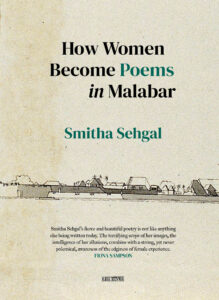
Sampson, in the title poem of her collection, evokes childhood in the language of the King James’ Bible: the poem’s opening lines, ‘In the beginning…’ recall John 1:1-3 (In the beginning was the Word and the Word was with God, and the Word was God…), asking the reader to question the effect of Sampson’s assimilation of this potent text: by dint of repeating the language that has subdued and seconded the female sex for millennia, is patriarchal authority challenged, reworked, wrestled to the ground? Does Eve return Adam’s rib and reclaim her own body, fulfilled by higher powers than Man, in Sampson’s case ‘The Sea…always there…like a beginning like/coming into language’? In quasi tandem, Sehgal concludes that ‘There is no Hamlet or any man /that I may call Lord.’ So who or what or replaces him?
Worship of the divine feminine is manifest in Sampson’s ‘Lady of the Sea’, compared to an ‘ancient star’ with ‘serpent arms’, a ‘mote’, or ‘a beam’ which ‘we could cling to…stronger than time, stronger than light.’
Smitha’s invocation to ‘Radhe, Radhe’ paints a less obviously exalted portrait of the goddess, incarnated in the guise of a long-suffering fisherman’s wife, privy to debt and domestic demand. ‘Tea is served in the courtyard/as she sinks to her knees,/ on her lips the name of blue lord,/ fish scales glimmer on ebony skin…’; Rahde, favourite lover of Lord Krishna, is reduced to a handmaid of the Lord, his servant rather than his maker.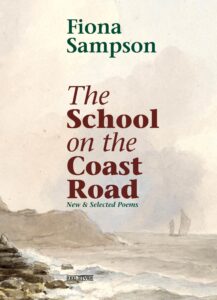
It is in the primal shout of deer, in the deep arc of heron wing beating the air, that both writers find the ultimate omnipotence of Nature. I interpret Smitha’s cryptic ‘A Deer Could Paint Grass’ as a supposition that in the animal realm, at least, prey and predator collude to seal some pre-incarnate tryst, imbuing the moment of the victim’s death with a sort of enlightened ecstasy: in the language of nocturnal instinct, ‘light floods inside the song of a deer carcass.’
Sampson’s ‘Heron’, published in 2001 and included in this new collection, invokes a similar sense of the ecstatic in the opening line, ‘Alive? And yes, yes…’, as if in the gathering gloom, the sighting of a heron on the wing affirms that serenity is knocked out of encroaching darkness, and in that serenity, a sense of perpetual flight, ongoing evolution: ‘something not yet formed…out of the formless full valley.’ The poem concludes with a whispered call to action, assuring the reader that: ‘-the bird and I are still living-’ both in flesh and word, for as long as space (the wilderness, the book) endures.
If by the mere act of writing, these poets give vital wings to language with a fierce power all their own, they prove that words born of stone and earth and sea are as alive as they can ever be: and through this life, their poems offer renewed energy, vital sustenance to all those on the long Salt March of our eco-centric age.
*

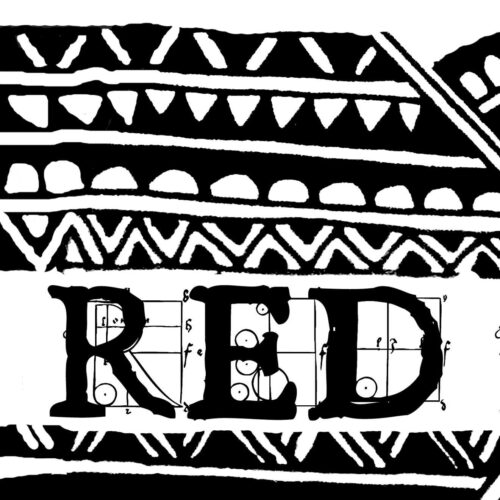



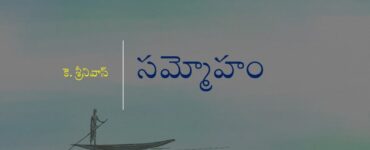
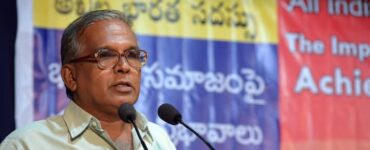


Thank u
Tansy Troy Loving of Birds and
How women BecomePoems
In Malabar .